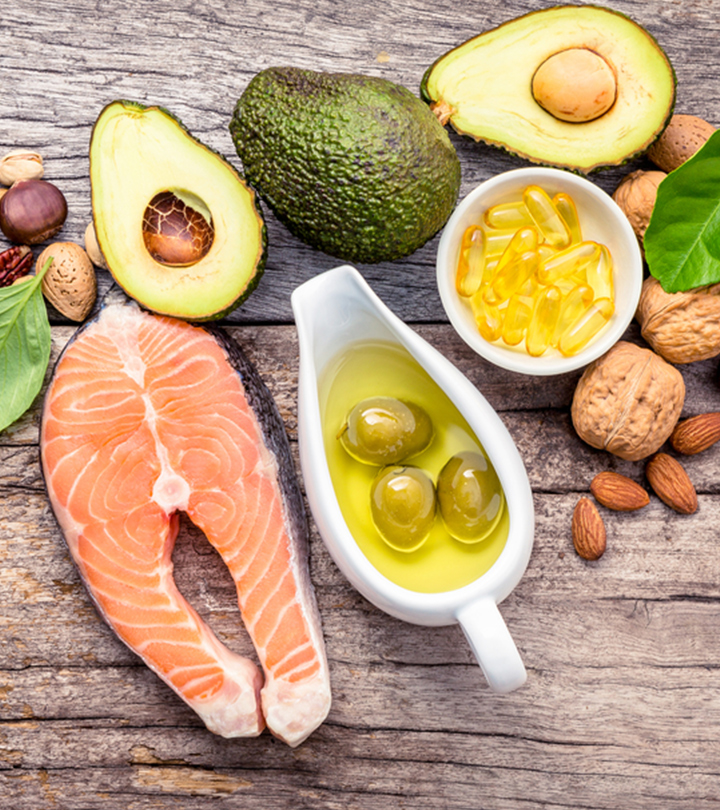Calorie counting has been the basis of weight-loss programs for more than a century. It's still a popular way to approach losing weight, whether it be keeping below a certain calorie limit on fasting days or using an app to calculate "calories in" versus "calories out".
But many leading experts are now calling for that to change.
They say calorie counting is based on flawed, obsolete science.
And they say our obsession with the calorie has actually served to make us fatter.
The calorie began its life as a unit of stored heat.
French physicist Nicolas Clément used the term in the 1820s while giving lectures on the efficiency of steam engines.
He defined the calorie as the heat needed to raise the temperature of a kilogram of water by one degree Celsius.
This was not the only definition, however, with others defining a calorie as the heat needed to warm a single gram of water by one degree Celsius —a unit 1,000th of the size of Clément's.
In 1879, French chemist and politician Marcellin Berthelot distinguished the two units by designating the smaller one as a calorie, with a lower-case c, and the larger as a capitalised Calorie.
Potential energy
Part of the reason for the calorie's continued use, especially in the USA, was thanks to a 1887 article by chemist Wilbur Atwater, entitled The Potential Energy of Food, published in the popular monthly Century magazine.
Rather than trying to measure the energy of steam engine fuel, Atwater was attempting to measure the human body's metabolic rate.
"He was really interested in how the body was processing energy," Dr Marsh says.
He set about measuring the potential energy of different types of food.
But, unlike some previous efforts to do this, he didn't just measure the food once.
Atwater considered how much of the food we eat is actually absorbed into the body. He understood what University of Cambridge obesity researcher Giles Yeo calls the "sweetcorn scenario".
"You eat corn on a cob, and then the next day you look in the loo, and you clearly haven't absorbed all the sweet corn," Dr Yeo says.
So Atwater measured the calories of many different foods. Then he fed those foods to human subjects, waited for them to digest the food and measured their excrement
He subtracted the calories in the poo from the calories in the food in order to come up with a total number of calories absorbed.
He used these calculations to come up with a system for determining the calorie content of foods, for example nine calories per gram of fat and four calories for every gram of carbohydrates or protein.
"These numbers, these Atwater factors as they're still called, are the basis of all the calorie counts we see on every single food packet across the world today," Dr Yeo says. (abc.net.au)
(Photo credits to: Stylecraze)





